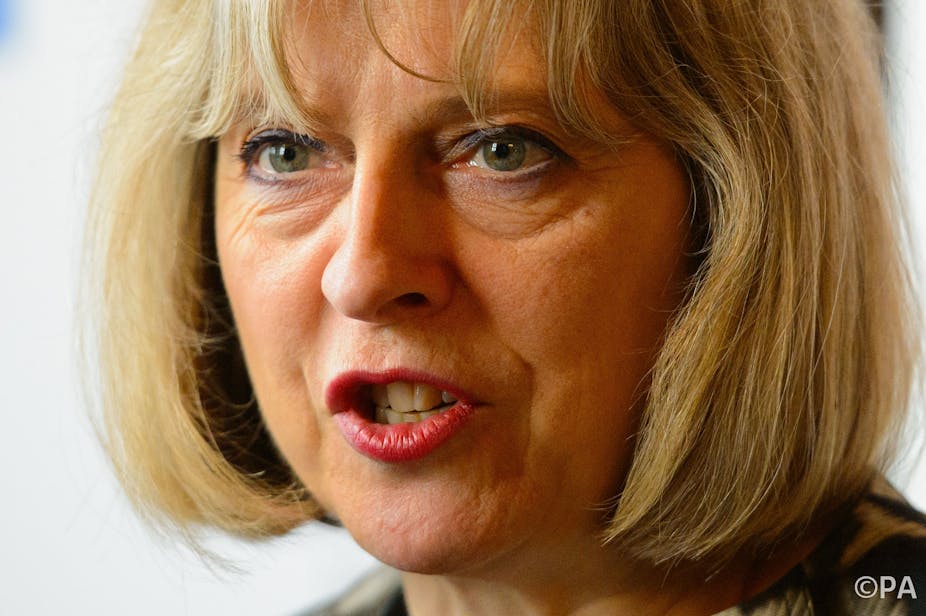This week’s no-brainer award goes to the UK Home Office - an accolade it has surely won many times before. A new consultation has been launched to see whether the law on domestic violence should match the government’s definition of domestic violence.
There is currently no criminal offence of ‘domestic violence’. Instead, offenders are charged with offences which exist anyway within the criminal law - such as assault, harassment and criminal damage. The idea is to create a new offence which would match the existing government definition of domestic violence which would include acts which are not physically violent - such as coercive and controlling behaviour. This is a long overdue move that comes after a mass of confusion within government.
There are many forms of domestic violence that do not currently fall anywhere within the criminal law. The definitional changes without legal changes so far have brought confusion rather than clarity.
It’s great to see May making a strong statement by deciding to personally chair a review group following a poor HMIC review. This is a bold move that places the importance of policing domestic violence at the highest level. There are some important issues that should be in her in-tray as she takes on this task.
The change is needed for lots of reasons, including the fact that many domestic violence homicide cases are those in which the victim has been controlled and dominated within relationships. In many cases, physical violence often ends because there is no longer a need for it. Threats and the fear of attack are enough to keep the victim “in her place”.
Women consistently tell us in our research that it is not the physical violence that is the most damaging to them – it is the feeling of walking on eggshells. It’s the threats towards children, pets and other family members, the threats of suicide if they leave, the kicking down of doors, the throwing of food, the misuse of culture and religion to imply the bringing of shame and honour that break them.
It sounds surprising, but women often tell us that, for some reason, they actually feel less afraid when the physical violence is happening. They feel like the thunderstorm has broken after days, weeks or months of tension and say their partner can be caring and loving person once that particular cycle has passed.
We know remarkably little about what deters domestic violence perpetrators and most of what we do know is based on work done in Canada and the US.
In the UK, the government has two flagship responses to domestic abuse. Clare’s law gives people the right to information about their partner’s past if they fear they may have a history of violence and Domestic Violence Protection Orders are used to stop a perpetrator of domestic violence and abuse from entering the house or contacting the victim up to 28 days.
Both are heralded as great successes but have, in reality, proved disempowering for women in some cases. Women who refuse to receive information or act on it following an attempt at a Clare’s Law disclosure run the risk of being seen as unfit mothers and having their children taken away. Research also shows protection orders can reduce arrest rates and allow some breathing space - but the question of where the perpetrator moves to, who pays for this, and the lack of useful intervention during this period remains problematic. One woman had to pay half of the cost of rehousing the perpetrator of domestic violence against her.
As we try to come up with a solution, it’s certainly worth looking across to our Nordic neighbours – in fact it often is when it comes to issues relating to violence against women. Sweden, for example, created a standalone offence back in 1998 that covers gross violation of a woman’s integrity. Known as the Women’s Peace law this offence looks more holistically at the overall pattern of behaviour – something that our law doesn’t allow for because it is based on incidents. The Swedish law differs from many others too in treating violence in relationships as more, not than less serious than other forms of violence.
While the Home Office might be seen to be stating the obvious in changing the law to meet its existing policies, May is also showing real commitment to this problem. That makes it the perfect opportunity to push for stronger protection of women and laws and other community support that really represent their needs when they are faced with domestic violence.

